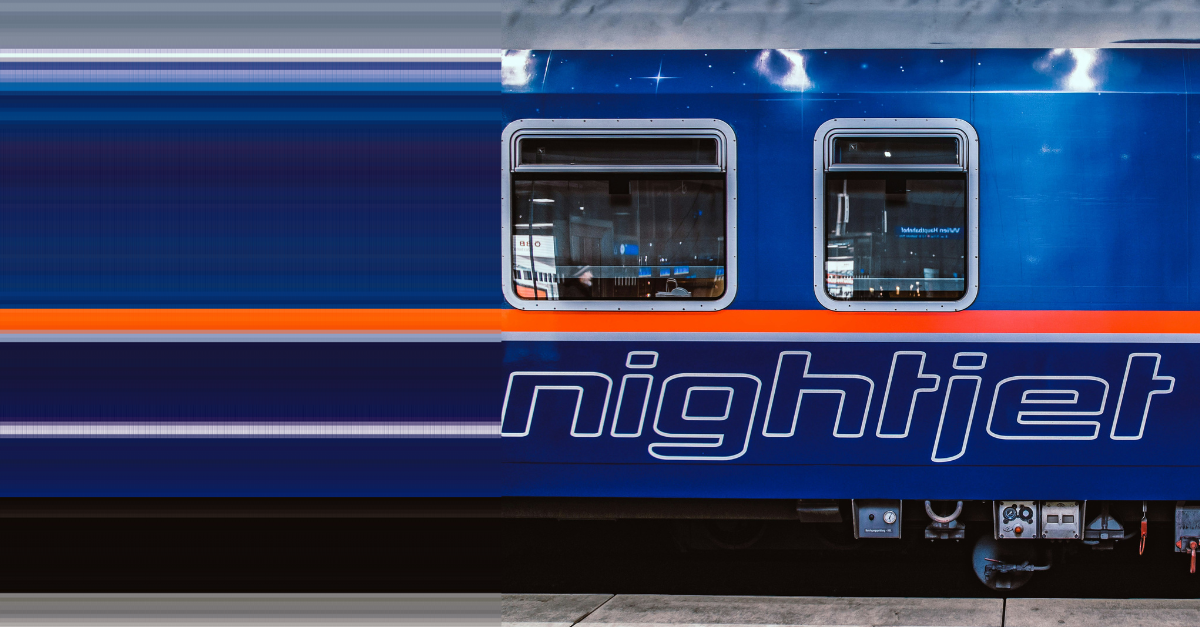in today’s fast-paced travel industry, convenience and efficiency are key for both business and leisure travellers. As the travel landscape evolves, seamless connections between different modes of transport are becoming increasingly important. A significant step in this direction is the integration of rail into the air display of the Global Distribution systems (GDS), enabling travel agents to book both air and rail journeys in a single transaction. This article explores how this innovation enhances the travel experience, reduces costs, and benefits both passengers and travel agents alike.
understanding AirRail
The Global Distribution System (GDS) is the backbone of the air travel booking industry. Travel agents and airlines widely use it to offer customers access to flights, hotels, and rental cars. However, booking rail travel has traditionally been more complex, with different systems and processes involved. AirRail bridges this gap by allowing travel agents to book rail segments alongside flights, creating a unified, seamless experience for passengers.
With AirRail, airlines have the option to replace their short-haul flights with train services, a shift that promotes sustainability. In certain countries, there are already restrictions on domestic flights within a range of several hundred kilometers, encouraging travelers to opt for rail alternatives for shorter distances.
benefits for travel agents and airlines
aligned booking horizons for air and rail
A persistent challenge in the travel industry is the differing booking windows for air and rail travel. Airlines often allow bookings up to 12 months in advance, while rail bookings are limited to a shorter window, typically 6 months. Traditionally, a rail segment requires payment at the time of booking, while in a classic interline scenario, the financial transaction is only processed once the train or plane journey is completed. The benerail integration helps bridge these gaps by aligning booking systems and allowing seamless reservations that cater to both modes of travel.
cost efficiency
The cost of making two separate bookings can be significant, as the cost of manual transactions by a travel agent is relatively high. An efficient and performant system is key. By integrating rail options, travel agents can provide cost-effective alternatives that lower overall booking costs, especially in cases where rail connections are cheaper than direct flights from another airport. With AirRail, you book a train ticket the same way as an air segment, and even in one transaction. In other words, AirRail offers a true one-stop-shop.
expanded catchment area
Airlines using this integrated system can expand their catchment areas by offering rail connections to passengers from nearby cities. This means travellers can take a train to major airports from smaller cities without the hassle of arranging separate travel.
simplified financial flow
The integration ensures that financial processes are streamlined. Airlines and rail companies can use standard systems, such as BSP (Billing and Settlement Plan), to handle both types of bookings, ensuring smooth payment flows between airlines and rail providers, all of that in one single transaction
optimized seat management
Airlines can align their seat classes (e.g., economy, business) with the equivalent rail classes, ensuring a consistent travel experience.
advantages for passengers
one-stop booking shop
With this integrated solution, passengers can book their train and flight tickets simultaneously. This reduces the complexity of planning multi-leg journeys, allowing travellers to avoid the hassle of searching for separate tickets and ensuring they have all the necessary travel information in one place. Often, indirect routes from an alternative airport are cheaper than direct flights since airlines want to enlarge their catchment area.
lower airport taxes
Travelers can save money by choosing rail options that bypass expensive airport fees. For example, taking the train from Amsterdam to Brussels Airport instead of flying can significantly reduce airport taxes, making the overall journey more affordable.
seamless check-in with e-ticket
Electronic tickets for rail and air travel allow passengers to check in for both segments online or at designated check-in counters, simplifying the process and saving time.
skip the hassle and cost of airport parking
For travelers driving to catch a flight, finding a parking spot—and paying steep parking fees—can add extra stress to the journey. By opting for a train, passengers can arrive directly at the airport without the hassle of parking logistics or the worry of leaving their vehicle for an extended period.
future of AirRail travel
The future of travel lies in seamless connectivity, and integrating GDS with AirRail is a crucial step toward this vision. As more travel agencies and airlines adopt this system, passengers can expect more flexibility, lower costs, and a smoother travel experience. In the coming years, we are likely to see further innovations in air-rail integration, making it even easier for travellers to connect across different modes of transportation.
Alternatively, benerail also offers a standardised osdm_api for airlines willing to integrate this offering into their direct sales channel or for New Distribution Capabilities (NDC) distribution.





